At Oldways, we’re inspired by the rich culinary histories of cuisines around the globe. These colorful recipes and food pairings are the perfect starting point for those wanting to enjoy more nutritious and delicious meals, as plant foods (vegetables, fruits, whole grains, pulses, nuts, and seeds) are the foundation of traditional diets.
We were delighted to come across a kindred spirit in two-time James Beard award-winning author, Marie Simmons. In her new book, Whole World Vegetarian, Simmons writes, Over the years as I traveled the world meeting chefs and cooks and discovering new recipes more and more it seemed that the best and most interesting dishes were indeed vegetarian. Soon my new mantra became whole world vegetarian.
In the interview that follows, Simmons shares more about her global approach to cooking. Also, be sure to try her recipe for Okra and Sweet Potatoes in Curried Tomato Sauce from Whole World Vegetarian, which she kindly shared with Oldways Table Blog readers. Find the recipe below the interview.
Kelly Toups, RD
Oldways: We are inspired (and jealous!) of all your travels. What are some of the major culinary similarities you have noticed among different food cultures around the globe
Marie Simmons: The fact that so many delicious dishes I encountered over the years were meatless. This wasn’t immediately obvious but slowly emerged as I began to cook the many dishes at home. And it’s what made Whole World Vegetarian a reality.
OW: Your cookbook is a wonderful collection of flavors and ingredients from across the globe. Is it difficult to and all the ingredients you need in order to cook such a variety of recipes
MS: It might have been difficult maybe 10 years ago, but as the US demographics change the change in the international profile of our supermarkets is quite obvious. For instance a favorite paprika is called Pimenton de la Vera imported from Spain. It has a sweet smoky aroma and taste. At one time I had to shop for it in a specialty food shop but today one can and many different brands of smoked paprika in most supermarkets bottled by mass marketed spice and herb companies. Besides the more worldly and sophisticated supermarkets and specialty stores become today almost everything you need is available from multiple sources on the internet.
OW: For folks who want to start the process of cooking whole world food, what ingredients do you recommend they always have on hand, without having to completely revamp their pantry
MS: I suggest adding ingredients and seasonings a few at a time and finding several recipes that use the ingredients so the cook will become comfortable using it. For instance zafatar is a spice mixture from the Middle East and is used to sprinkle on at bread, dips, and vegetable dishes throughout WWV. There is also a recipe for making your own zafatar which is a mixture of dried thyme, sesame seeds, oregano, culinary sumac and salt. Pomegranate molasses and tahini are used in multiple recipes. The pomegranate molasses keeps at room temperature forever. Tahini keeps in the refrigerator forever, as well. Rather than think that one is revamping their pantry, I like to think in terms of adding interesting and flavorful new recipes to ones repertoire.
OW: We continue to read that eating mostly plantbased foods is the healthiest diet. What advice can you share with folks who do not follow a vegetarian dietary pattern, but want to include more plantbased foods in their daily meal plan
MS: I am not a vegetarian, although I like to eat a plant based diet as often as possible. With my first vegetarian book (Fresh & Fast Vegetarian) my husband was more resistant to an all vegetable meal so I always had sausage or a burgers to cook as a supplement, but as time went on he became more accepting. The current wisdom is to make multiple plant based dishes the center of the plate rather than the meat entrée.
OW: You mentioned that you grew up in an Italian kitchen. Do you nd that your goto dishes come from childhood Italian meals, or is there another type of cuisine that you turn to instead
MS: Pasta is always a go-to dish and is most likely genetic! But we also had lots of plant based dishes: cannellini beans, chickpeas, Swiss chard, artichokes, and other vegetables. Italians love their vegetables.
OW: Fruits, vegetables, whole grains, and pulses are all foods that we know we’re supposed to eat more of. What lessons could our global neighbors teach us about enjoying more of these nutritious ingredients
MS: For many cultures its a matter of geography and economics. Grains and vegetables are generally cheaper than meats. If the goat and cow are sources of milk for cheese, why eat the meat Same is true of chickens. The eggs make a meal. Arid land is used for grazing, but richer soil can be used to farm grains and vegetables.
OW In addition to sharing global cuisines, we know that you are a big advocate of supporting local agriculture. How does your local food community inspire you to create new dishes
MS: I cook with the seasons. I learned this from my family. Eggplant, green beans and tomatoes in the summer, winter squash, apples and pears in the fall, asparagus in the spring, etc.
OW: Trying new foods can be overwhelming and scary. What advice do you have for people who want to expand their palate and culinary skills, but may be nervous to do so
MS: My response to people who might have a fear of different is its only food As children we were encouraged to taste everything. Then we could make an educated decision. But the words scary or overwhelming should not be part of the experience. Food is sustenance. And should never be feared. It should be celebrated.
OW: For those who are new to whole world vegetarian cooking, is there a type of dish or cuisine that you think is an approachable crowd-pleaser for those not used to unfamiliar flavors
MS: With the changing demographics cuisines like Thai, Chinese, Mexican are commonplace these days. Kids love tacos, beans, and stir-fry. I think it is more a matter of techniques than types. In WWV there are many Mexican, Asian and Indian inspired dishes from which to choose.
RECIPE: Okra and Sweet Potatoes in Curried Tomato Sauce
This recipe reflects the rich culinary heritage specifically African and Indian of the Caribbean islands. Sweet potatoes and okra are the main ingredients, pulled together in a rich tomato-based sauce laced with a blend of spices found in many powdered curry mixtures. If possible, use fresh okra, although if you’re careful not to overcook it, frozen okra is a convenient substitution. Inhabitants of the Caribbean islands like their food chery with chiles, especially habanero. I and habanero to be too hot, so I am happier with the subtle heat of a minced jalapeño. But if you like hot, go for it. MAKES 4 SERVINGS
1 pound small fresh okra, tips of stems trimmed, left whole, or 1 package
(10 ounces) frozen whole or sliced okra
2 tablespoons vegetable oil or ghee
1 2 cup chopped onion
1 2 cup chopped green bell pepper
1 tablespoon finely chopped peeled fresh ginger
1 to 2 teaspoons minced jalapeño or habanero or other hotter chile pepper, if desired
1 teaspoon ground cumin
1 2 teaspoon ground coriander
1 2 teaspoon ground cinnamon
1 2 teaspoon turmeric
1 8 teaspoon ground allspice
1 can (14.5 ounces) diced tomatoes with their juices
1 2 cup water
2 cups diced peeled sweet potato
2 tablespoons raisins
2 tablespoons finely chopped fresh cilantro
1. Add the okra to a steamer basket, set over boiling water, cover, and steam until crisp-tender, 3 to 4 minutes. Remove the steamer from the saucepan and let the okra stand until ready to use. Do not rinse with water.
2. Heat the oil in a medium skillet over medium heat until hot enough to sizzle a piece of onion. Add the onion and bell pepper and cook, stirring, until the onion is golden and the peppers are tender, about 5 minutes. Add the ginger, chile, cumin, coriander, cinnamon, turmeric, and allspice and heat, stirring, for about 30 seconds. Add the tomatoes. Rinse the tomato can with the 1 2 cup water, add it to the vegetable mixture, and simmer over low heat, uncovered, for about 5 minutes.
3. Stir in the sweet potatoes and raisins and cook over medium-low heat, covered, until the sweet potatoes are tender when pierced with the tip of a knife, about 10 minutes. Add 1 tablespoon of the cilantro. Add the okra and fold gently only once or twice to avoid releasing the okra juice, which would make the texture of the okra slippery. Sprinkle with the remaining 1 tablespoon cilantro before serving.
Excerpted from WHOLE WORLD VEGETARIAN, © 2016 by Marie Simmons. Reproduced by permission of Houghton Miffin Harcourt. All rights reserved.


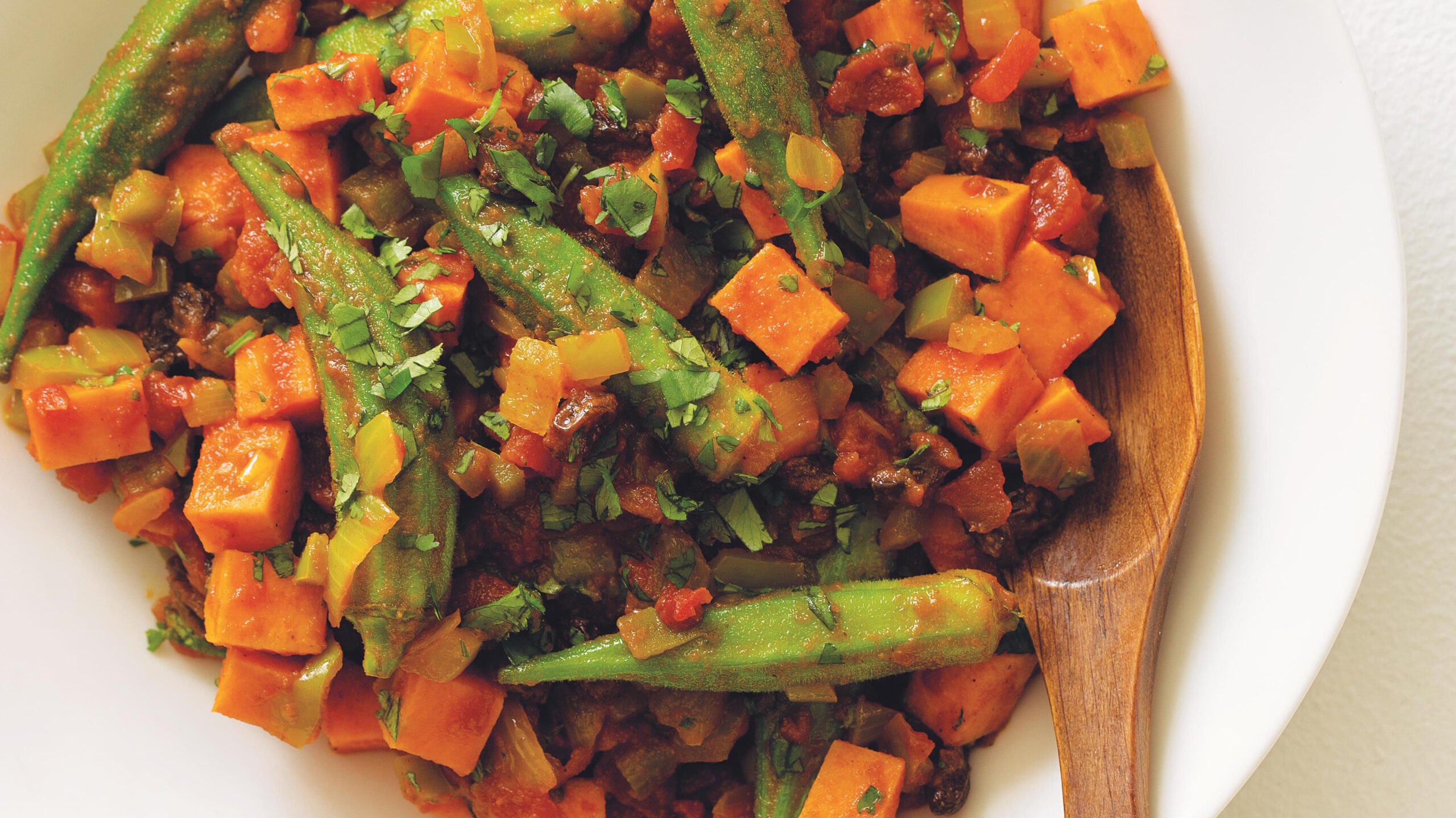

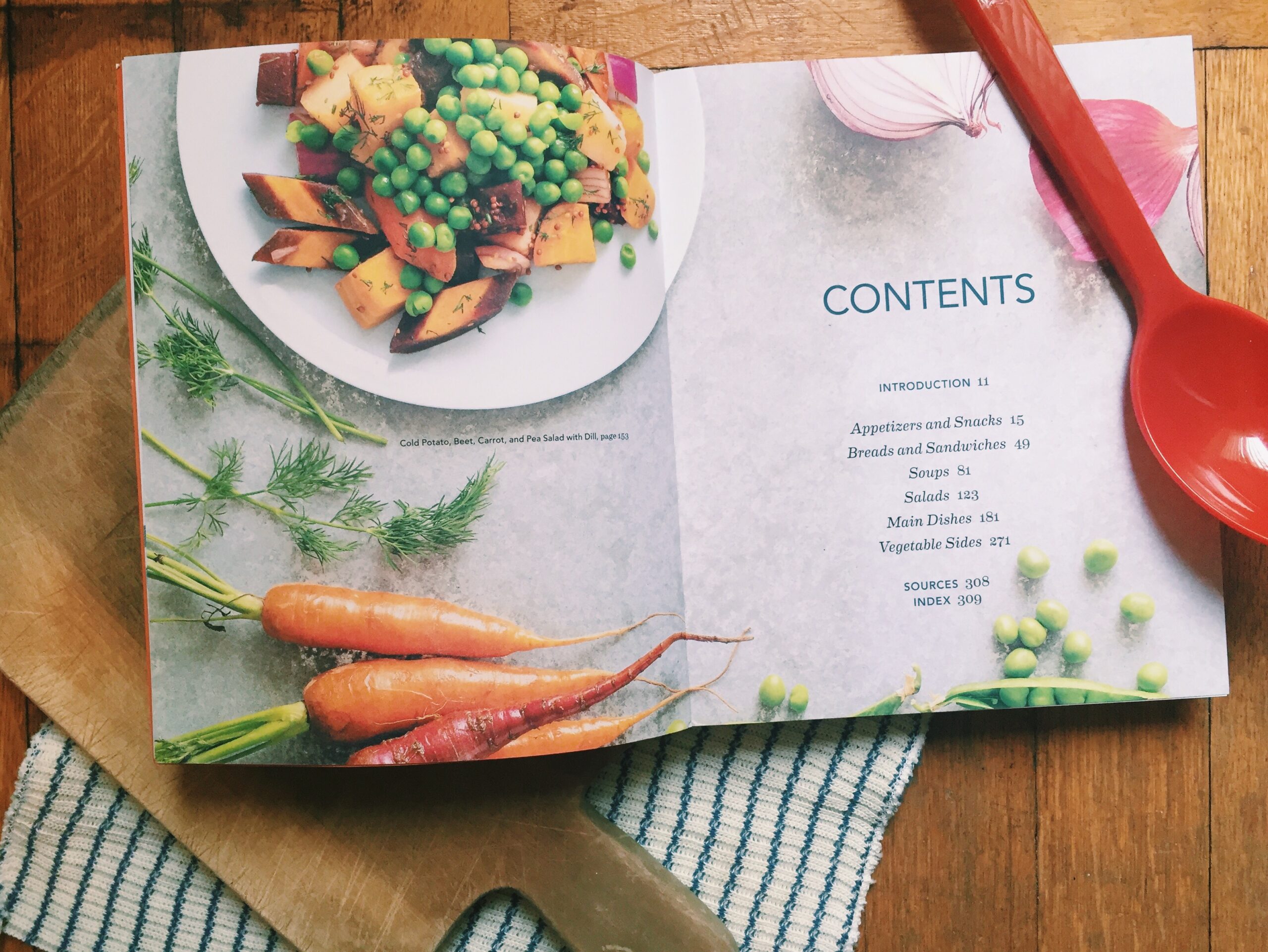
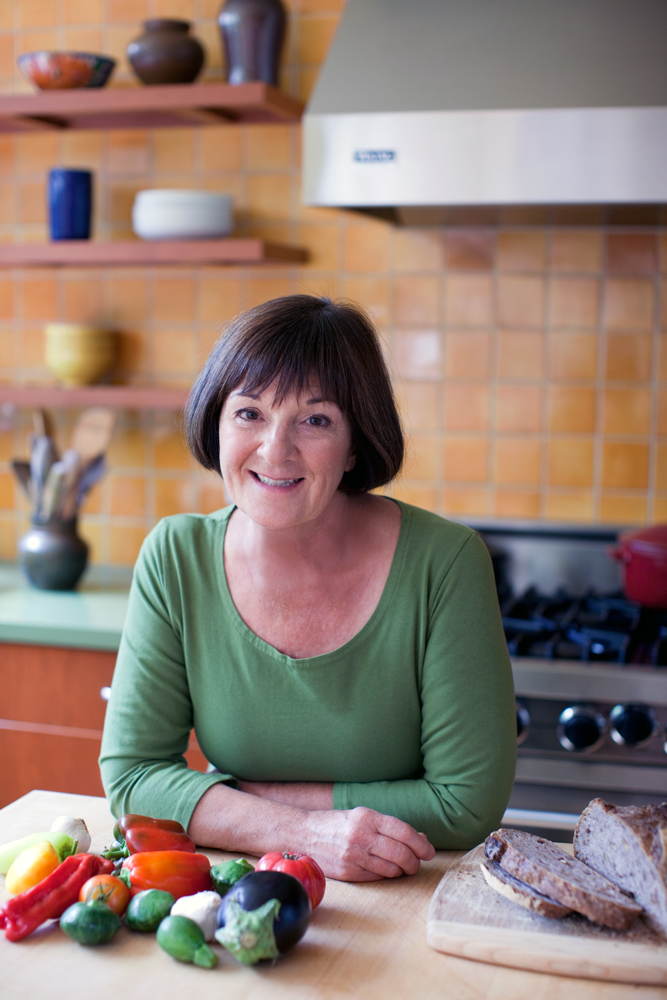
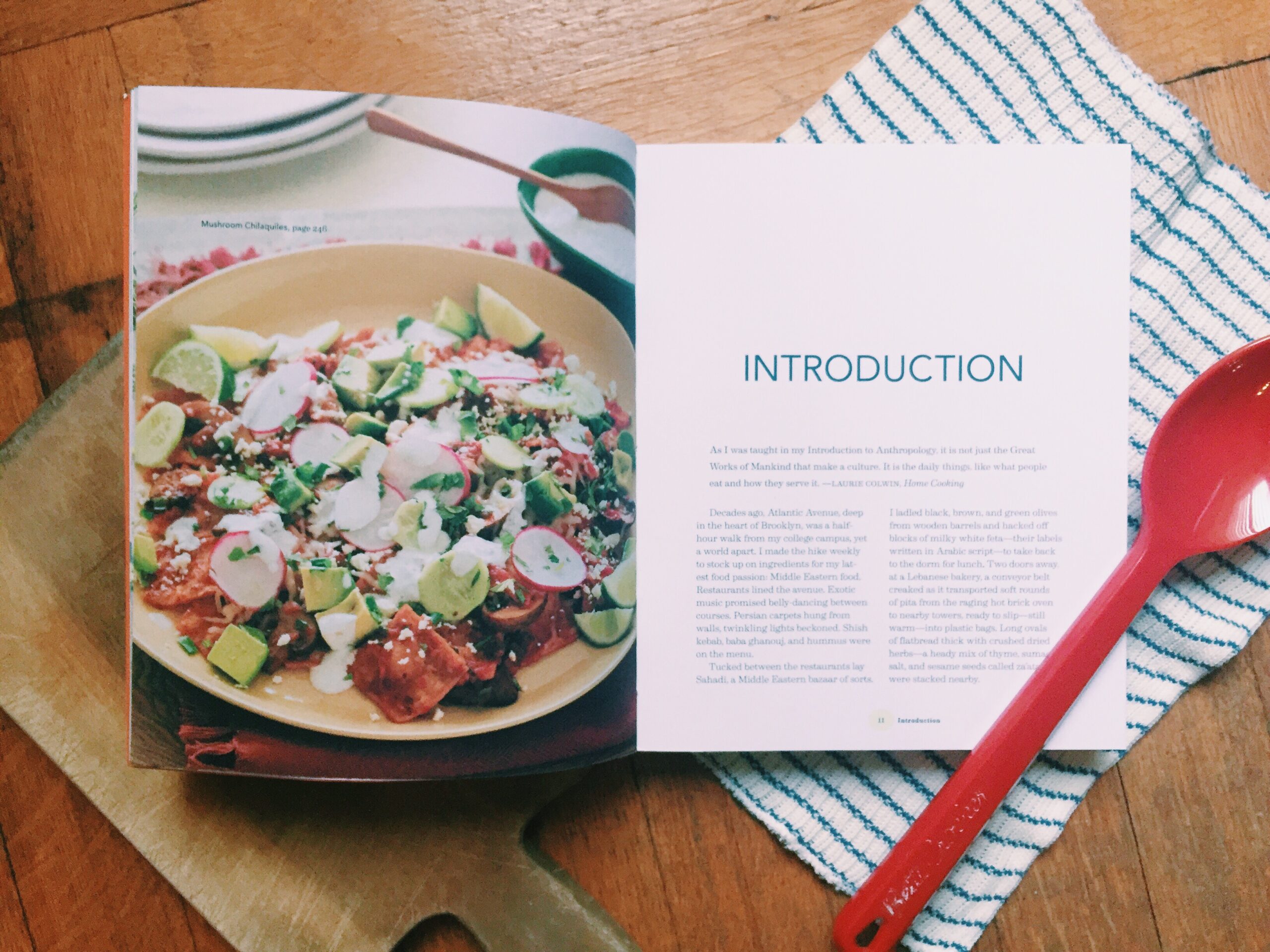
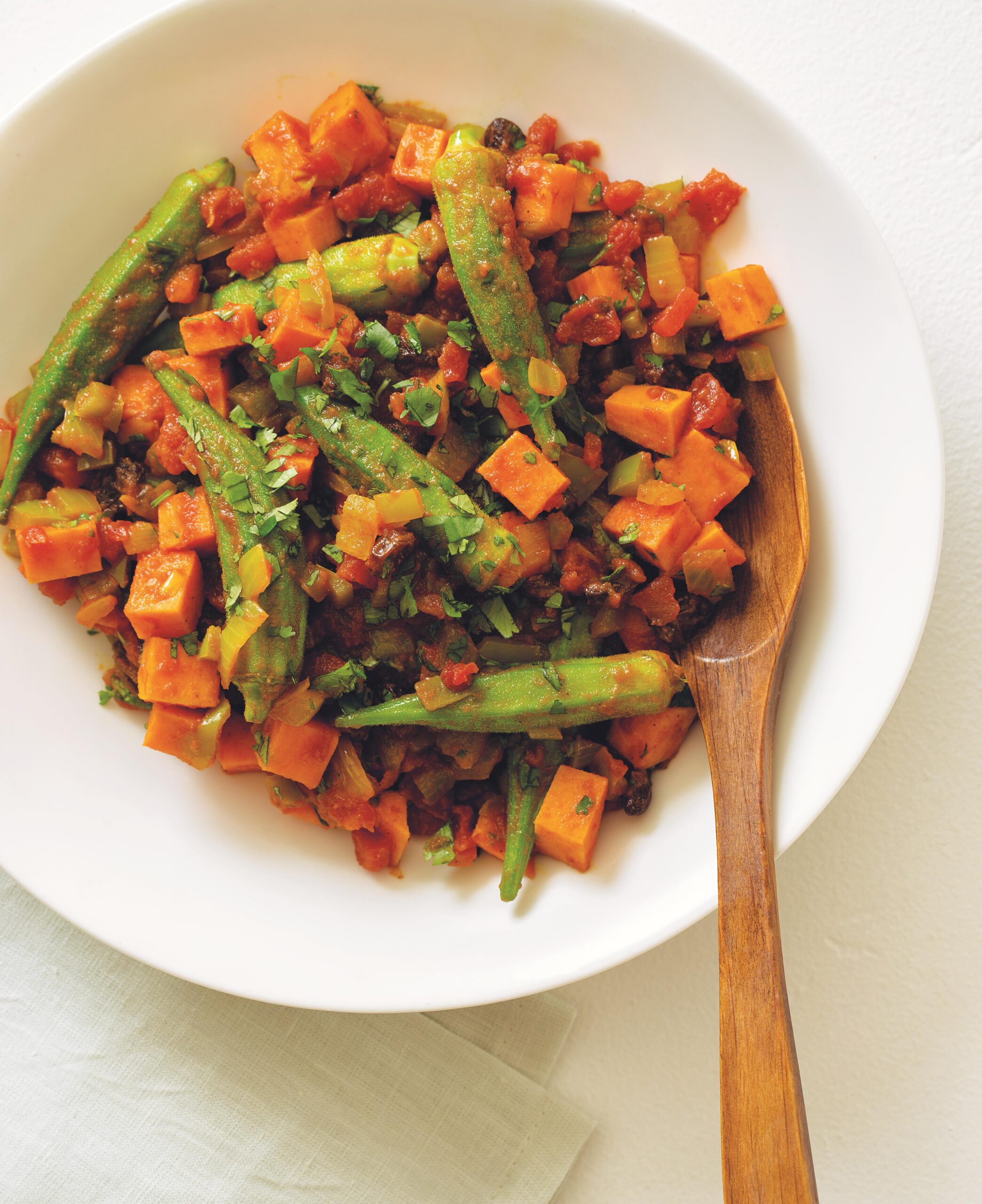




Leave a comment